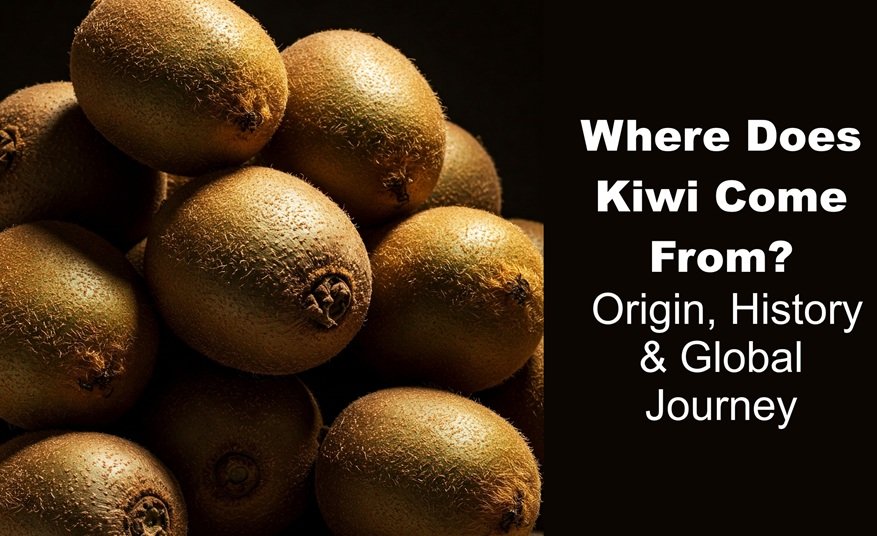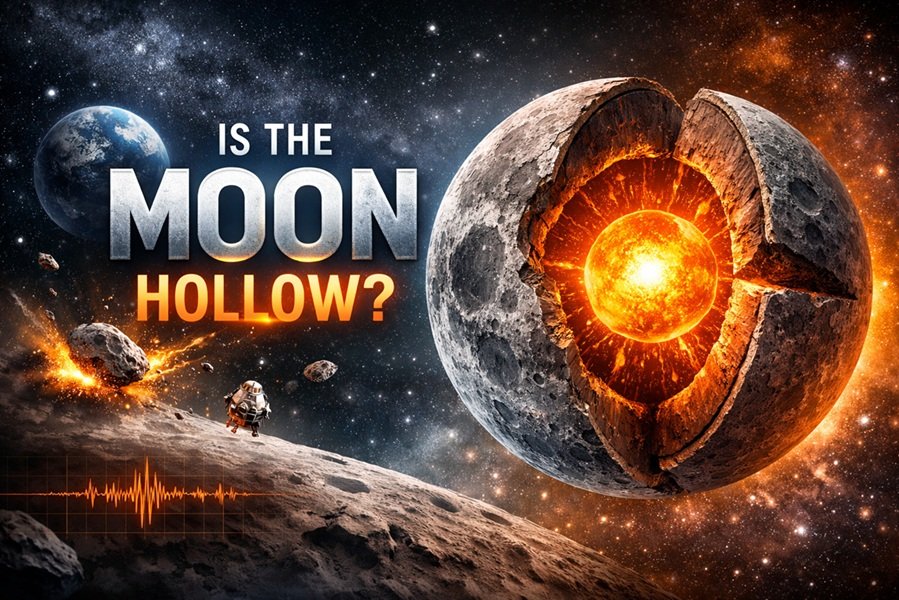
Introduction
The kiwi fruit, with its fuzzy brown skin and bright green flesh speckled with tiny black seeds, is beloved worldwide for its refreshing, tangy-sweet taste and impressive nutritional profile. However, many people are surprised to learn that the kiwi’s history stretches far beyond the orchards of New Zealand, which is often colloquially referred to as the “home of the kiwi.” In reality, the story of the kiwi is a fascinating tale of botanical migration, cultural adoption, and global trade.
In this article, we’ll explore where kiwi comes from, its history, how it became globally popular, and its present-day significance in different parts of the world.
Origins of Kiwi: Ancient Roots in China
The kiwi fruit (scientific name: Actinidia deliciosa) originally comes from the temperate forests of central and eastern China, particularly the provinces along the Yangtze River such as Sichuan, Hubei, and Shaanxi.
- In China, it was known as “mihoutao” (猕猴桃), meaning “macaque fruit” — a name derived from monkeys’ fondness for the fruit.
- Historically, the fruit grew wild and was collected for medicinal use rather than large-scale agriculture.
- Ancient Chinese texts from the Tang Dynasty (618–907 CE) reference the kiwi fruit, describing its properties as “cooling” and beneficial for digestion.
At that time, the fruit was smaller, more sour, and less commercially attractive compared to the modern varieties we see today.
Kiwi’s Journey to New Zealand: The Turning Point
The global story of the kiwi fruit took a decisive turn in the early 20th century:
- In 1904, seeds of the Chinese “mihoutao” were brought to New Zealand by a school principal named Mary Isabel Fraser, who had visited mission schools in China.
- These seeds were planted in New Zealand’s Whanganui region and thrived in the mild, temperate climate.
New Zealand horticulturists took a keen interest in the plant, selectively breeding it over the years to produce a larger, sweeter, and more palatable fruit compared to its Chinese ancestor.
By the 1940s, a specially cultivated variety called ‘Hayward’ (named after Hayward Wright, a pioneering horticulturist) emerged. This variety is still the most widely consumed kiwi variety today.
Why Is It Called “Kiwi”?
Interestingly, the fruit wasn’t always called “kiwi.”
- In New Zealand, the fruit was initially referred to as the Chinese gooseberry due to its tart flavor, similar to that of gooseberries.
- However, by the 1950s, as the fruit began to be exported, the name “Chinese gooseberry” posed marketing problems, especially during the Cold War era when association with China was seen as politically disadvantageous.
- In 1959, exporters rebranded the fruit as “kiwifruit,” drawing inspiration from New Zealand’s national bird, the kiwi, a small, fuzzy, brown, flightless bird.
- The name “kiwifruit” was catchy, unique, and distinctly linked to New Zealand’s identity.
Over time, in everyday language, “kiwifruit” simply became “kiwi” — although in New Zealand, “kiwi” still primarily refers to the bird or New Zealanders themselves!
Global Expansion: Kiwi’s Rise to Fame
From the 1960s onwards, the popularity of kiwi exploded:
- New Zealand farmers ramped up production, and exports spread first to Europe, then North America, Japan, and beyond.
- By the 1980s, kiwi had become a staple exotic fruit in supermarkets around the world.
- Other countries, seeing the commercial potential, also started cultivating kiwi. Significant producers today include:
- Italy (currently the world’s largest producer)
- China (reclaiming its ancient fruit for commercial production)
- Iran
- Chile
- Greece
Today, Italy, New Zealand, and China dominate the global kiwi market, with seasonal differences between the Northern and Southern Hemispheres allowing for year-round supply.
Varieties of Kiwi
While the fuzzy, green-fleshed Actinidia deliciosa is the most common, several varieties exist:
- Golden Kiwi (Actinidia chinensis): Smooth skin and yellow flesh; sweeter than green kiwi.
- Baby Kiwi (Hardy Kiwi): A small, grape-sized kiwi with edible skin.
- Red Kiwi: Featuring a red blush inside, relatively newer and less common globally.
Each variety has subtle differences in flavor, sweetness, and nutritional profile.
Cultural Significance and Culinary Uses
In China:
- Kiwifruit has seen a revival as a symbol of traditional heritage and a modern superfruit.
- It’s often consumed fresh, juiced, or used in desserts.
In New Zealand:
- Kiwi farming has become a significant contributor to the economy.
- The fruit is a proud emblem of New Zealand’s agricultural innovation.
Worldwide:
- Kiwi is a favorite addition to fruit salads, smoothies, desserts, and even savory dishes like salsas and salads.
- The fruit’s unique enzyme, actinidin, can also be used as a natural meat tenderizer.
Nutritional Profile: A True Superfruit
Kiwi isn’t just delicious — it’s packed with nutrients:
- High in Vitamin C (more than oranges!)
- Rich in Vitamin K, Vitamin E, and fiber
- Contains potassium, folate, and antioxidants
- Supports digestion, immunity, and heart health
A single medium-sized kiwi can provide over 100% of the recommended daily intake of Vitamin C.
Fun Facts About Kiwi
- The kiwi bird is nocturnal and nearly blind, relying on smell and touch — unique among birds.
- Italy overtook New Zealand in kiwi production in the 1990s.
- Kiwifruit vines can live for up to 30 years or more under good management.
- Golden kiwis were first commercialized by New Zealand in the late 1990s.
Conclusion
While many people associate the kiwi fruit with New Zealand — and rightly so for its commercialization and global branding — the fruit’s true roots trace back to the wild forests of China. Thanks to international cultivation efforts, selective breeding, and smart marketing, what was once a little-known wild berry has blossomed into one of the world’s favorite fruits.
The journey of the kiwi is a perfect example of how plants, cultures, and commerce intertwine — transforming a local curiosity into a global treasure.
Explore Quizzes:
- Are Mushrooms Plants or Animals?
- What is the Original Purpose of Bubble Wrap?
- How Much Horsepower Does a Horse Have?
- Does It Snow in South India? A Look at Lambasingi
- Who was the first player to take a wicket on 0th ball in men’s international cricket
- Why Was Air Conditioning Invented?
- What is the southernmost point of India?
- Why Was Rumali Roti Created? History, Origin & Culinary Significance
- Which Indian Actor Has Played the Most Number of Roles in the Same Film?






